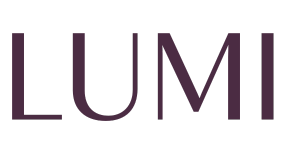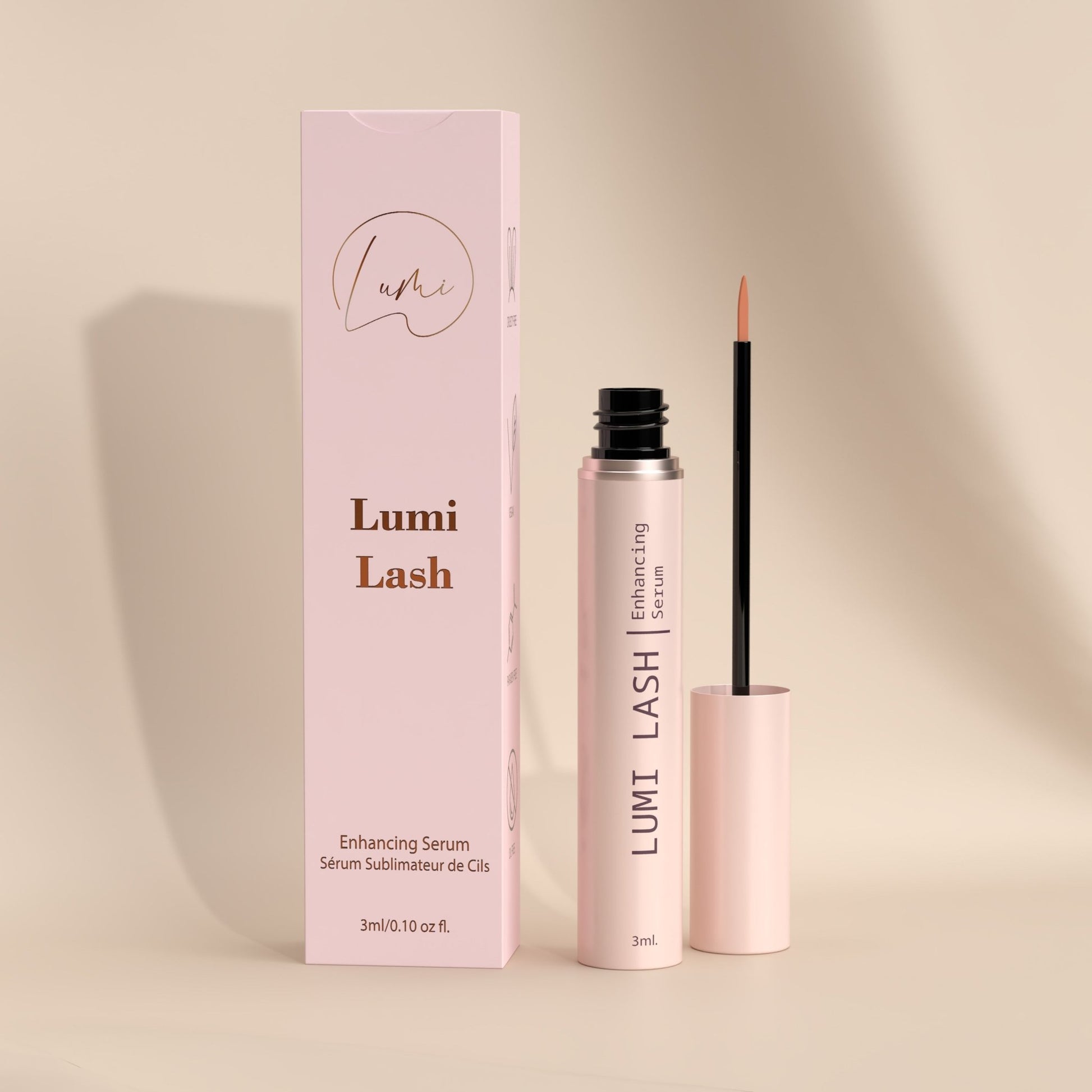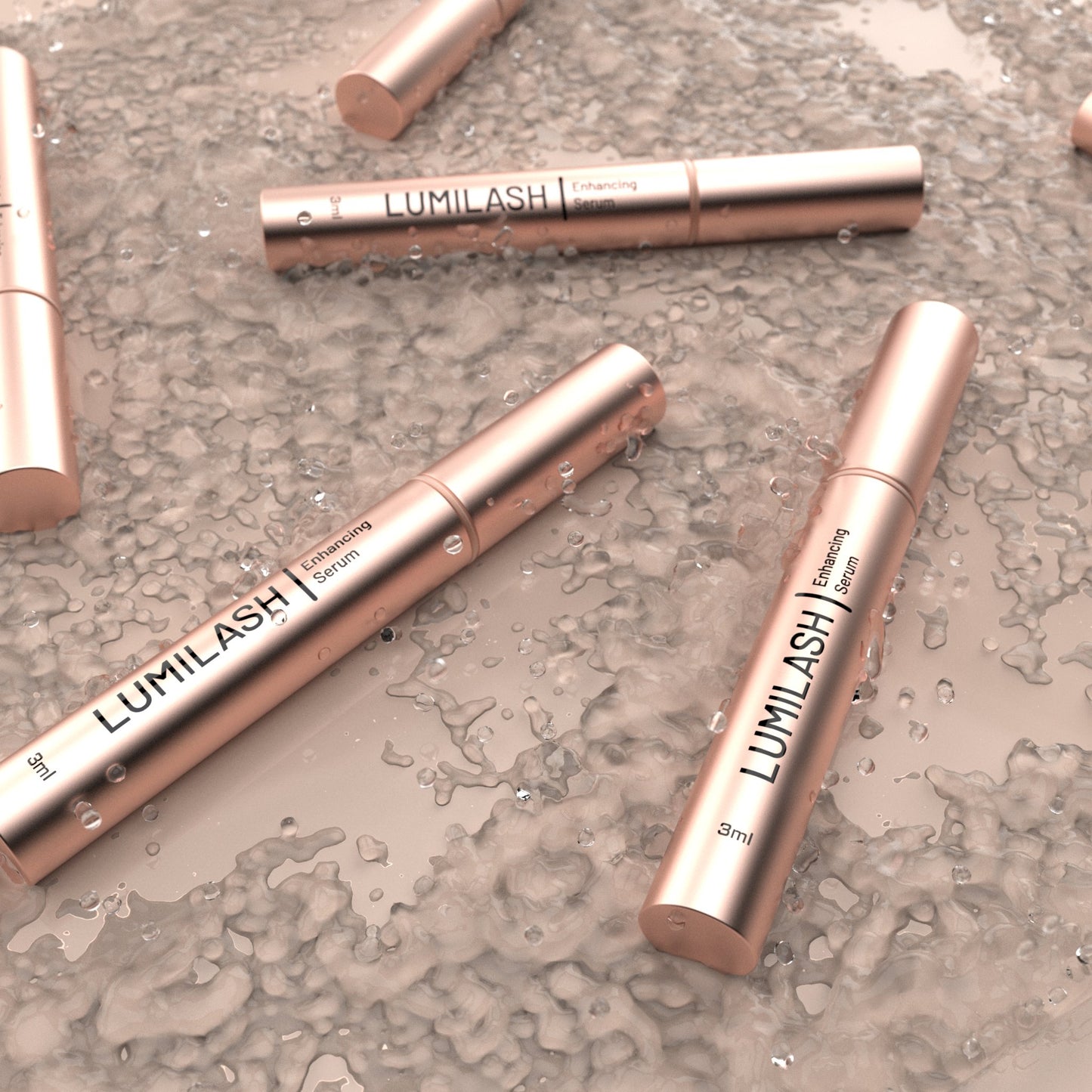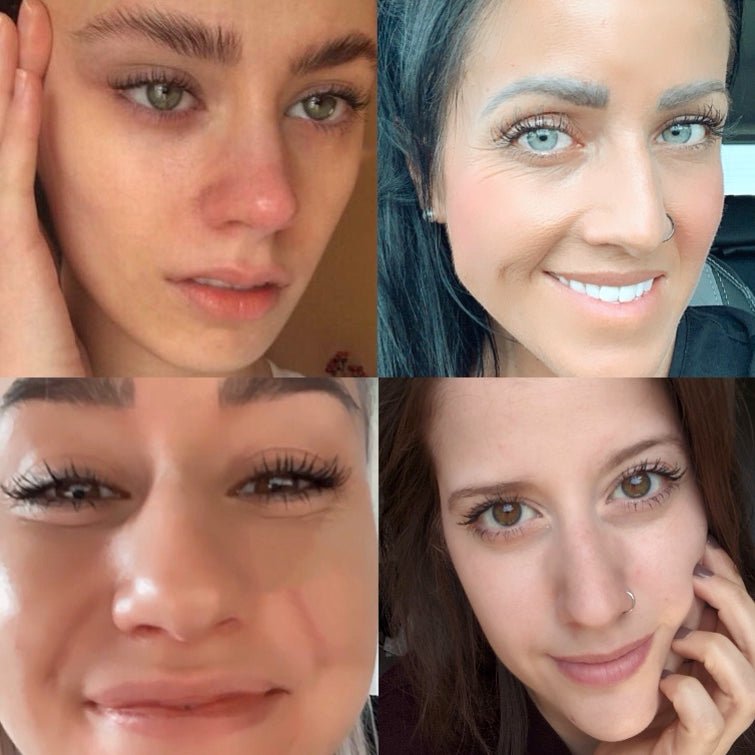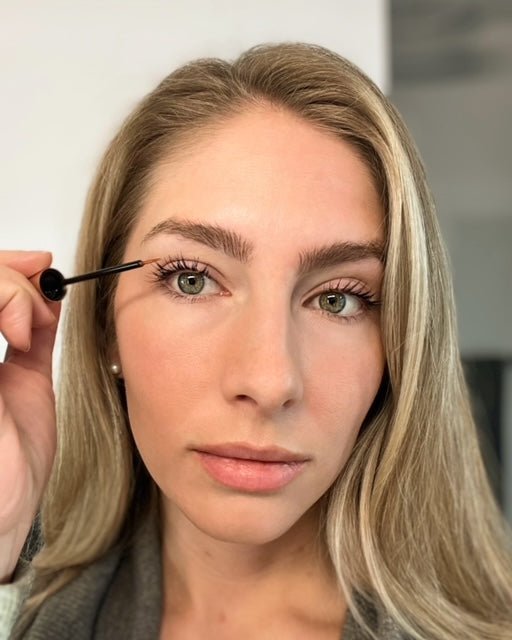If you've ever wondered, “Is a lash serum really safe for my eyes?” You're asking the right questions. Not all lash serums are created equally, and scope for irritation, pigmentation, or long-term side effects is real. In this post, we’ll explore what makes a serum safe, the common ingredients to avoid, and how Lumi Lash charts a gentler path using peptide-based, clean ingredients.
🚨 The Risks: Prostaglandin Analogues
Many popular lash serums (like Latisse, GrandeLASH‑MD, and others) rely on prostaglandin analogues, originally developed for glaucoma. While they can accelerate lash growth, they can also cause significant side effects:
- Red, irritated eyes, dry eyes, itching, and allergic reactions
- Darkening of eyelid skin or iris color, which may persist even after stopping
- Periorbital fat loss & sunken skin appearance, sometimes permanent
- Muscle weakness around the eyes, drooping lids, or cysts (rare but severe)
- Discontinuation rates: up to 43% stop use due to adverse effects
🚩 Common Hazardous Ingredients
Watch out for:
- Preservatives or fragrances like phenoxyethanol, they may irritate sensitive users.
- Prostaglandin analogs, below is a list of some of commonly used prostaglandin analogs, their uses and risks.
| Name | Common Use | Known Risk |
|---|---|---|
| Isopropyl Cloprostenate | Lash serums (e.g., GrandeLash, RapidLash) | Eyelid darkening, redness, irritation |
| Bimatoprost | Originally for glaucoma (e.g., Latisse) | Iris color change, orbital fat loss |
| Dechloro Dihydroxy Difluoro Ethylcloprostenolamide | Cosmetic serums | Dry eyes, lash fallout on discontinuation |
| Latanoprost | Prescription eye drops; sometimes in off-label serums | Pigmentation, blurry vision |
| Travoprost | Glaucoma meds; rarely in cosmetics | Eye redness, discomfort |
| Tafluprost | Used in European and Asian lash serums | Irritation, lid darkening |
| Unoprostone | Less common in beauty, used in eye medications | Mild side effects, less effective for lashes |
| Prostaglandin F2α analogues | General family group (umbrella term) | All of the above apply |
Unfortunately, many serums made overseas in Asia slip these ingredients in without businesses even knowing. This is why it's so important to choose brands that are transparent about their formulation and manufacture in countries with strong cosmetic regulations—like Canada.
🔎 How to Spot Them on Ingredient Labels
Prostaglandin-derived ingredients often hide in plain sight. Here's what to look for when reading product labels:
Common suffixes include:
- -prost
- -prostene
- -prostenate
- -prostadien
You may also see longer chemical names or shortened versions like:
- Isopropyl cloprostenate
- Dechloro dihydroxy difluoro ethylcloprostenolamide
- Isopropyl cloprost
These names might sound technical or harmless, but they indicate the presence of synthetic hormone-like ingredients. These are the same compounds linked to side effects such as redness, irritation, eyelid darkening, and even orbital fat loss.
🛡️ Safer Alternatives: Peptides & Clean Formulas
Peptide-based serums offer a gentler path. Instead of triggering growth through hormones, they support lash health naturally and gradually:
- Example peptides: Biotinoyl Tripeptide-1, Myristoyl Pentapeptide-17, Myristoyl Hexapeptide-16 all shown to anchor and fortify lashes.
- Amino acids, vitamins, and natural extracts nourish follicles and protect from breakage
✨ The Lumi Lash Difference: Prostaglandin-Free & Peptide-Powered
- 0% prostaglandins: No hormone analogues causing irritation or pigmentation
- Clean, vegan ingredients: No parabens, fragrance, harsh preservatives
- Peptide-filled: Carefully selected to support lash cell health and structure
- Designed for sensitive eyes: Gentle formula safe for daily use, extensions, and contact lenses
✅ How to Choose a Safe Lash Serum
- Check the active ingredients: Avoid anything ending in -prost or containing “bimatoprost”
- Look for peptide or amino acid formulations: stronger, healthier lash support
- Avoid common irritants: skip formulas with fragrance, waxes, heavy oils, or harsh preservatives
- Consider your eye health history: if you have sensitive skin or use contacts, go for natural, mild formulas
- Choose a Canadian-made serum: Canada enforces some of the world’s highest cosmetic safety standards, restricting many controversial ingredients banned in Europe and the U.S.
Bottom Line
Lash serums containing prostaglandin analogues do work, but they come with risks like irritation, darkening, fat loss, and even muscle effects. Peptide-based, prostaglandin-free serums like Lumi Lash offer a safer, more balanced approach, supporting natural lash fullness and health without the hazard.
Ready for healthy, fuller lashes with zero irritation risk? Say yes to Lumi Lash’s peptide-filled, prostaglandin-free serum today.
